
Lot 596
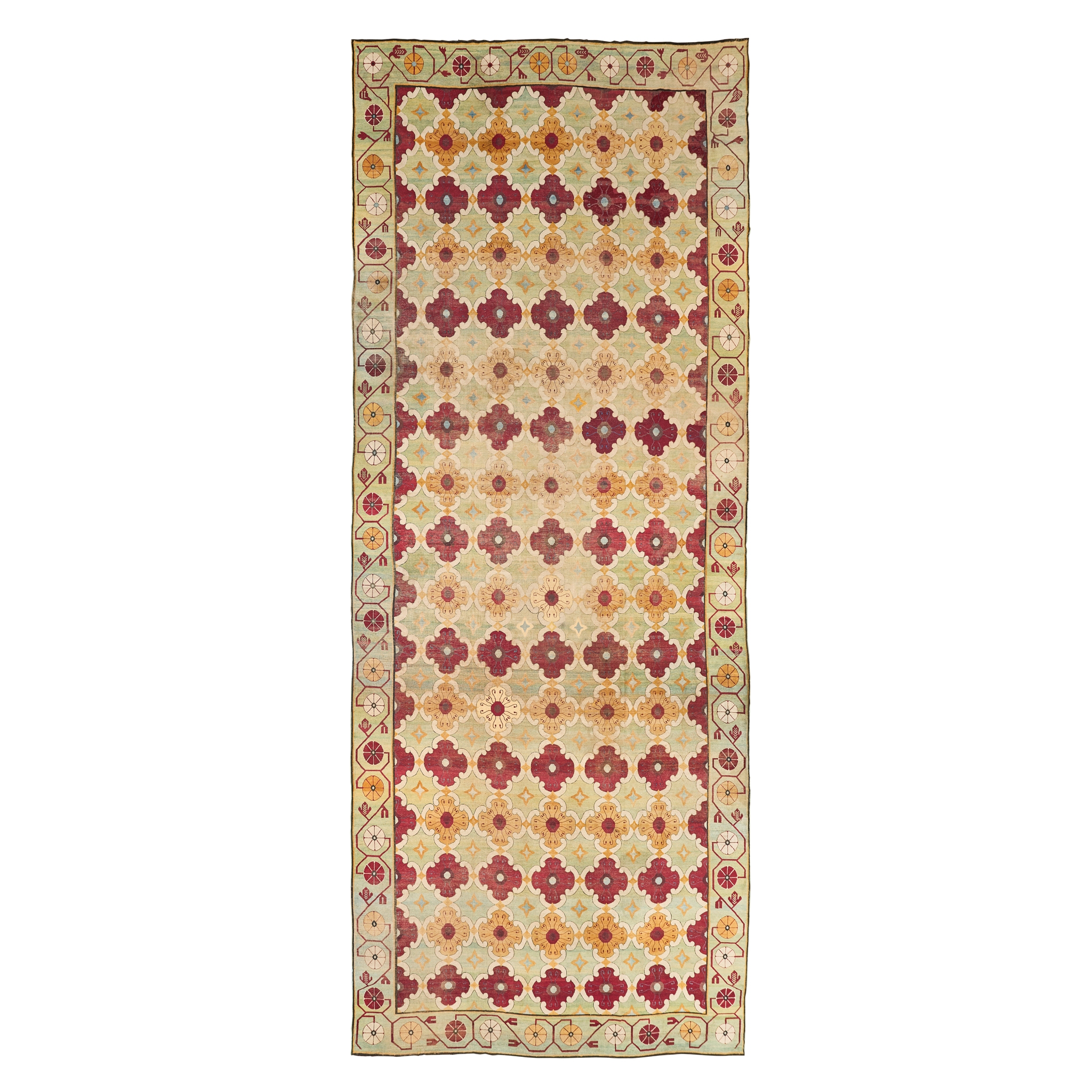
THE WINTON CASTLE INDIAN CARPET
CIRCA 1850

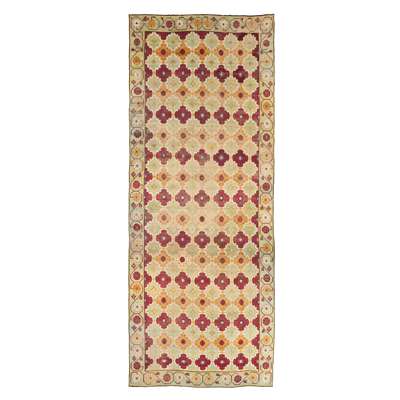

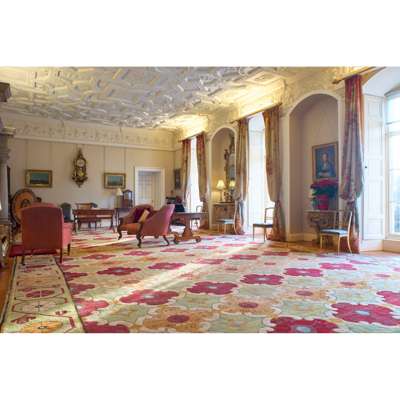

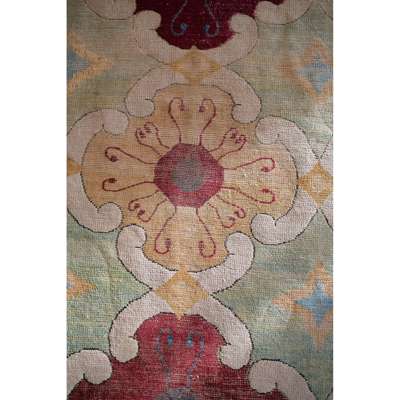
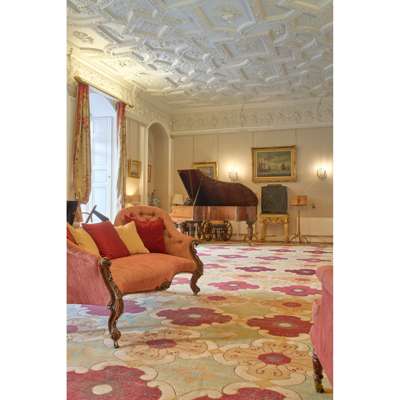
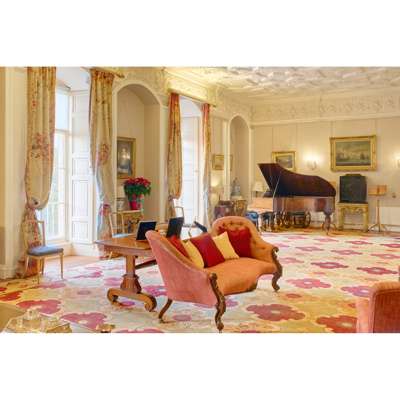
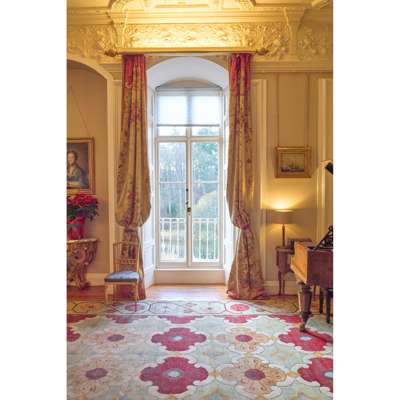
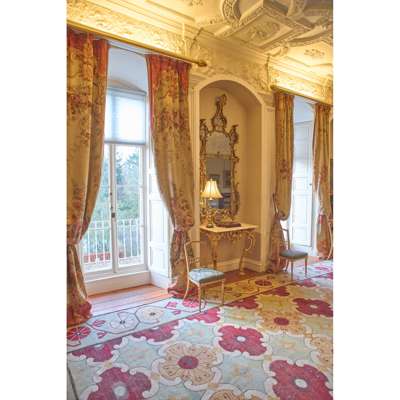
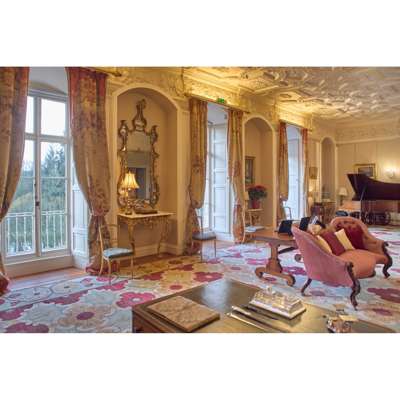
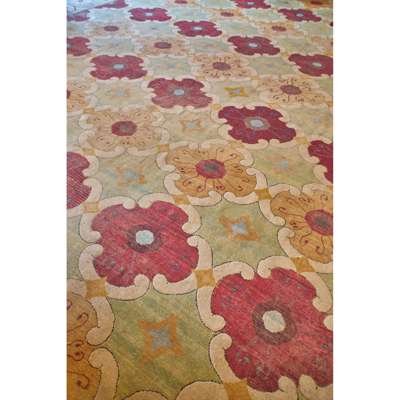
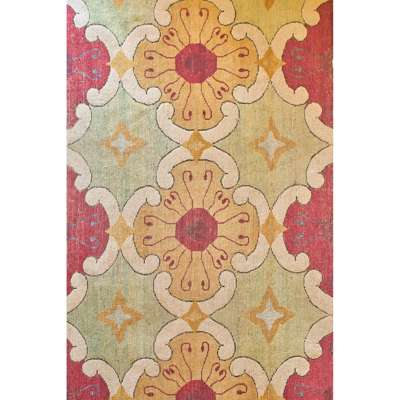



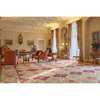

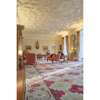

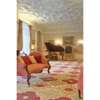
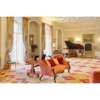
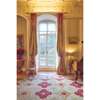
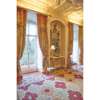


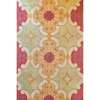
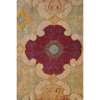
Auction: Day 2 - Thurs 15th May from 10am | Lots 314 to 602
Description
the abrash light green field with allover burgundy and ochre medallion pattern, within light green border
Dimensions
1220cm x 592cm
Provenance
Lady Ruthven (1781-1885), for the Drawing Room at Winton Castle, Pencaitland
Thence by family descent
Footnote
Winton Castle is situated on the north bank of the Tyne Water by Pencaitland village in East Lothian, some 13 miles south-east of Edinburgh. It was originally built by the Seton family in 1480, damaged in 1544 and rebuilt around 1620, when its renowned plaster ceilings were created. Further additions were added between 1797 and 1805, after it had been bought by the Hamilton Nisbet family in 1779. In 1804 Winton was inherited by Lady Ruthven (1781-1885) and it was she who commissioned the creation of this impressive carpet, to be produced in India for the Drawing Room at Winton.
From around the beginning of the 19th century, carpet production in India was mainly carried out under the watch of the East India Company, who assumed a role in reviving the industry, mainly for export to Britain and Europe. Many manufactories were founded, including some in jails, mainly in the north of the country; from Amritsar to Agra and beyond. Indian carpets became increasingly popular in the West when the public saw the impressive examples on display at the Great Exhibition of 1851 in London and demand rocketed through the second half of the 19th century.
The commissioning of this carpet by Lady Ruthven in 1846 was therefore at the forefront of a trend and would mark her as a taste setter in choosing such a piece for the Drawing Room at Winton.
Exactly where the Winton carpet was made remains a matter of some conjecture. It is generally understood that in the 19th century there were a number of carpet weaving centres producing similar styles of product and it is very difficult to identify them with absolute precision today. However, many of the largest carpets were woven in Agra and it might be safe to assume that this piece, thought to be the largest handwoven carpet in Scotland, was produced there. Later in the 19th century, Agra would weave the huge 24-metre-long carpet for the Waterloo Chamber at Windsor Castle for Queen Victoria, installed in 1894.
Like other carpets produced in India at this time, the design of this carpet has a distinctly cross-cultural feel, combining both Indian and European influences. It was often the case that the design of Indian carpets was devised with the European market in mind and it may even be that this is a unique pattern specifically for Winton. Whilst the border is a stylised and simplified version of 17th century Mughal patterns, the ‘elephants’ foot’ rosette design of the field is more unusual. It is at once reminiscent of motifs in Indian architecture, but also of Turkoman ‘guls’ and at the same time similar to the allover designs found on English needlepoint carpets of the period, but without the floral embellishments. There is also a theory that the design reflects the impressive plasterwork ceiling of the Drawing Room at Winton.
Having been produced in the 1850s, there was dramatic moment early in the carpet’s existence, when it was temporarily ‘lost’ during the Indian Rebellion of 1857-58 and Lord and Lady Ruthven travelled to India in the aftermath to track it down. It was eventually rediscovered and continued its journey towards its final destination at Winton Castle, where it has graced the Drawing Room floor for around 165 years.
Over a century and a half since it was installed, the family have now decided to take the opportunity to commission new carpets for the Drawing Room at Winton and therefore to offer this magnificent piece to a new home.



























